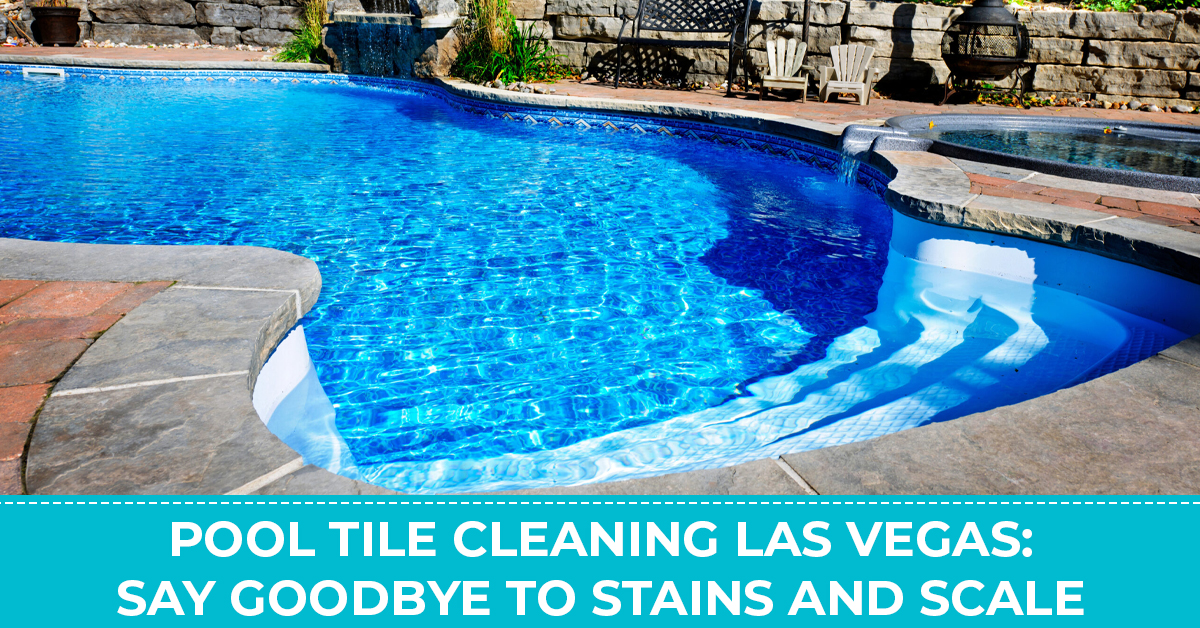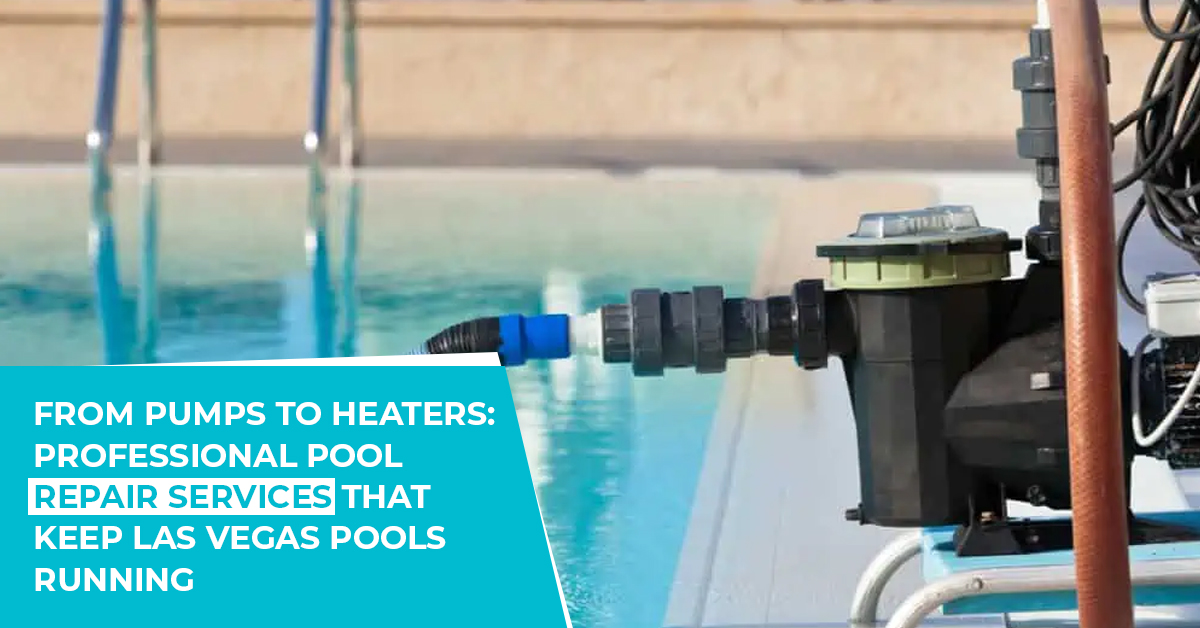Understanding Pool Chemistry: Essential Tips for a Clean Pool
For those with a swimming pool, taking good care of it requires a rather complicated balance with the proper water chemistry. Keeping your pool clean and clear during the season, however long that is where you live, takes constant monitoring, testing and adjustments. Here’s your basic primer on swimming pool chemistry.
Keeping Your Pool Water Balanced
A primary task in swimming pool maintenance is keeping the water balanced. This means maintaining a certain pH level for healthy and safe use. This can be a delicate balance, and it will take some experimentation and practice to get it “Not too hard, not too soft, but just right.”
In order to understand what is involved with balancing your pool water, you need to learn more about three important factors:
- pH levels
- Alkalinity levels
- Calcium Hardness levels
When all three of these factors are in balance, your pool’s pH reading should read between 7.4 and 7.6. This is slightly above the neutral reading on a pH scale. You can measure the pH levels with a simple home test kit, or test strips easily found at most big box retail stores or pool specialty stores.
Balancing the pH Level
Anything and everything affects the pH level of pool water. Rain, swimmers, debris, leaves and even the sun can change the pH level; it is quite unstable in and of itself. Low pH means the water is acidic, and would burn the eyes; high pH means the water is more on the base level, and would dry out the eyes and skin. To get your water’s pH level back into the 7.4 – 7.6 range, use a pH Increaser. You can also use an Alkalinity Increaser, since this also raises the pH level.
Balancing the Alkalinity Level
Alkaline is a buffer that prevents drastic fluctuations with your pH by absorbing major changes in the water’s chemistry. The ideal Alkalinity level ranges between 100 ppm and 150 ppm. Alkaline levels can also fluctuate easily, so keep a good supply of Alkalinity Increaser on hand. Your home tester mentioned above will also read your pool’s Alkalinity level.
Balancing the Calcium Hardness Level
Balancing the Calcium Hardness level in your pool water will prevent calcification on the pool floor and walls. This is that chalky, white coating that develops. Healthy pool water requires a certain level of calcium; without it, the water begins drawing calcium from your pool’s plaster and other surfaces. Aim for a Calcium Hardness level from 175 ppm to 300 ppm. You can add a Calcium Increaser to help protect your pool walls and equipment.
What About Decreasing High Levels?
You may have noticed that we didn’t mention a decreasing treatment for all these factors. There actually is one such product you will need – a pH Decreaser. Why only one?
- If Alkalinity and pH are both high, pH Decreaser will lower both.
- If only Alkalinity is high, the pH is likely high enough to use a pH Decreaser.
Keeping Your Pool Water Sanitized
Keeping your pool water chemistry balanced at all times is important, as it will cause your pool’s sanitizer element to be more effective. The above levels surrounding pH level keep your pool water comfortable for use. Maintaining a healthy sanitizer level keeps your pool water safe for use.
The most common pool sanitizer is chlorine, but there are others you can also use, including salt, other minerals, or stabilized chlorine.
Chlorine is by far the most popular pool sanitizer for residential and commercial use, and it is extremely effective at killing bacteria and algae. There are various methods to introduce chlorine into your pool water, including tablets that dissolve over time in a floating container, powdered chlorine or a generator that turns table salt into chlorine. Ideally, your pool’s chlorine level should range between 1 ppm to 3 ppm.
What About Pool Shocking?
“Shocking” your pool means adding additional chlorine sanitizer to the water to raise the level of Free Chlorine (FC), so that contaminants are destroyed. This does not mean simply dumping an indiscriminate amount of chlorine into your pool. A strong smell of chlorine doesn’t indicate a clean pool. When your pool water is clean and balanced, it should be virtually odor-free. Excells amounts of chlorine will burn your eyes and irritate your skin. You should shock your pool periodically when:
- Algae starts growing in the water
- Your Free Chlorine (FC) level is at zero
- Your Combined Chlorine (CC) level is higher than 0.5 ppm
Before we discuss shocking your pool further, it is important to understand some terms we will use in measuring the chlorine levels and determining when you need to shock your pool water.
- Free Chlorine (FC): The amount of chlorine at work sanitizing the water. Free chlorine levels should fall between 1 and 3 ppm.
- Combined Chlorine (CC): The chlorine that’s been used. It will still be in the water, but not as effective at sanitization. Keep the CC level to less than 0.2 ppm.
- Total Chlorine (TC): This is the combined amount of FC and CC in your pool.
- Breakpoint Chlorination: When there's enough FC to break down the chloramine. This is about 10X the CC level. At this level, the free chlorine can begin to build up and properly sanitize your pool.
Shock your pool water just before dark, as the sun’s rays will burn off unstabilized chlorine. This also allows all night for the pool’s pump to circulate the added pool shock throughout the pool. Follow these simple steps to shock your pool:
- Test the water. You will need to check the pH level and the CC level in your pool. To find the CC of your pool, subtract the FC from the TC. This will let you know how much chlorine you need to add.
- Calculate the amount of shock you will need to mix. Refer to the amount indicated on the package of the shocking chemical.
- Remember, Breakpoint Chlorination (BC) is about 10 times the Combined Chlorine (CC) level.
- Pre-mix the pool shock according to the manufacturer’s instructions in a five-gallon bucket.
- Turn on your pool pump.
- Pour the mixture around the edges of the pool water.
- Let the pump run all night (at least six to eight hours).
- Test the water in the morning to ensure proper chlorine levels.
- Don’t use the pool until free chlorine levels to drop to between 1 and 3 ppm.
- We recommend wearing rubber gloves, closed shoes, and proper eye protection when using pool chemicals.
Clean Living Pool and Spa can help. Taking care of your pool water is imperative to maintain good health and a safe environment for summertime fun. For more information, talk with a local pool expert.







